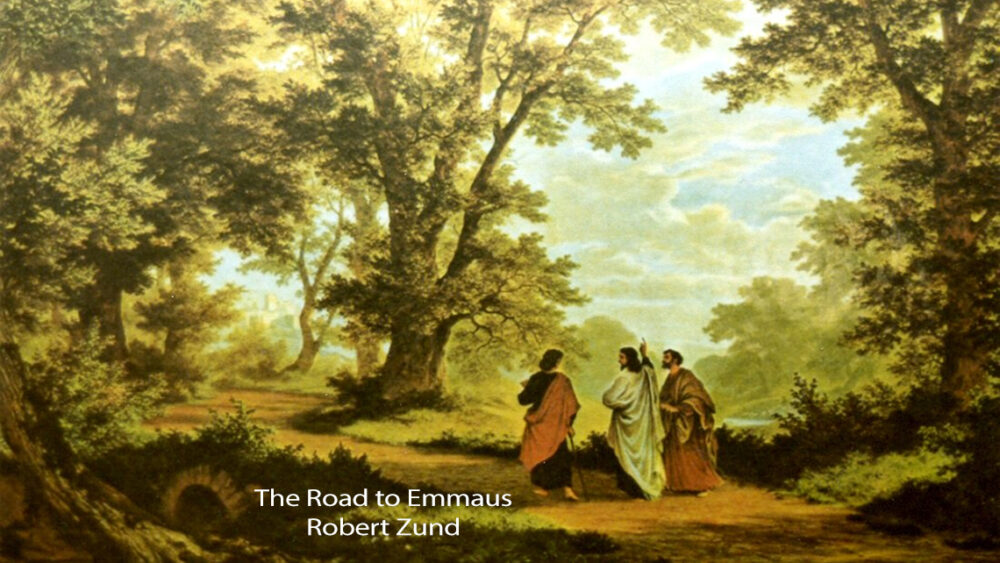…Candlemas, a Christian holiday that remembers when Mary presented the Christ child at the Temple in Jerusalem and performed her purification (see below). Candlemas is also called the Festival Day of Candles, in which the parish priest would bless candles for use in the local church for the coming year and would occasionally send some of them home with his parishioners for them to use. It is one of the earliest known feasts to be celebrated by the Church.
Candlemas falls 40 days from the birth of Jesus because that is the day Mary would have completed her purification process as prescribed by the Law, which means that Candlemas always falls on February 2. It is the midpoint between the winter solstice and spring equinox and before there ever was a Groundhog Day (also observed on February 2), tradition held that when Candlemas fell on a sunny day, there was more winter to come. But when it fell on a cloudy, wet, or stormy day, it meant that the worst of winter was over. Check out the two Candlemas poems below and see if you recognize anything familiar in them:
If Candlemas be fair and bright,
Come, Winter, have another flight;
If Candlemas brings clouds and rain,
Go Winter, and come not again.
(Anonymous English poem)
If Candlemas day be dry and fair,
The half o’ winter to come and mair,
If Candlemas day be wet and foul,
The half of winter’s gone at Yule.
(Anonymous Scottish poem)
For you Christmas junkies out there, tradition also holds that any Christmas decorations not taken down by Twelfth Night (January 5) should be left up until Candlemas and then taken down. Candlemas also officially marks the end of the Christmas and Epiphany seasons, seasons in which the Church celebrates Christ as being the light to the world.
Now you know.



You must be logged in to post a comment.